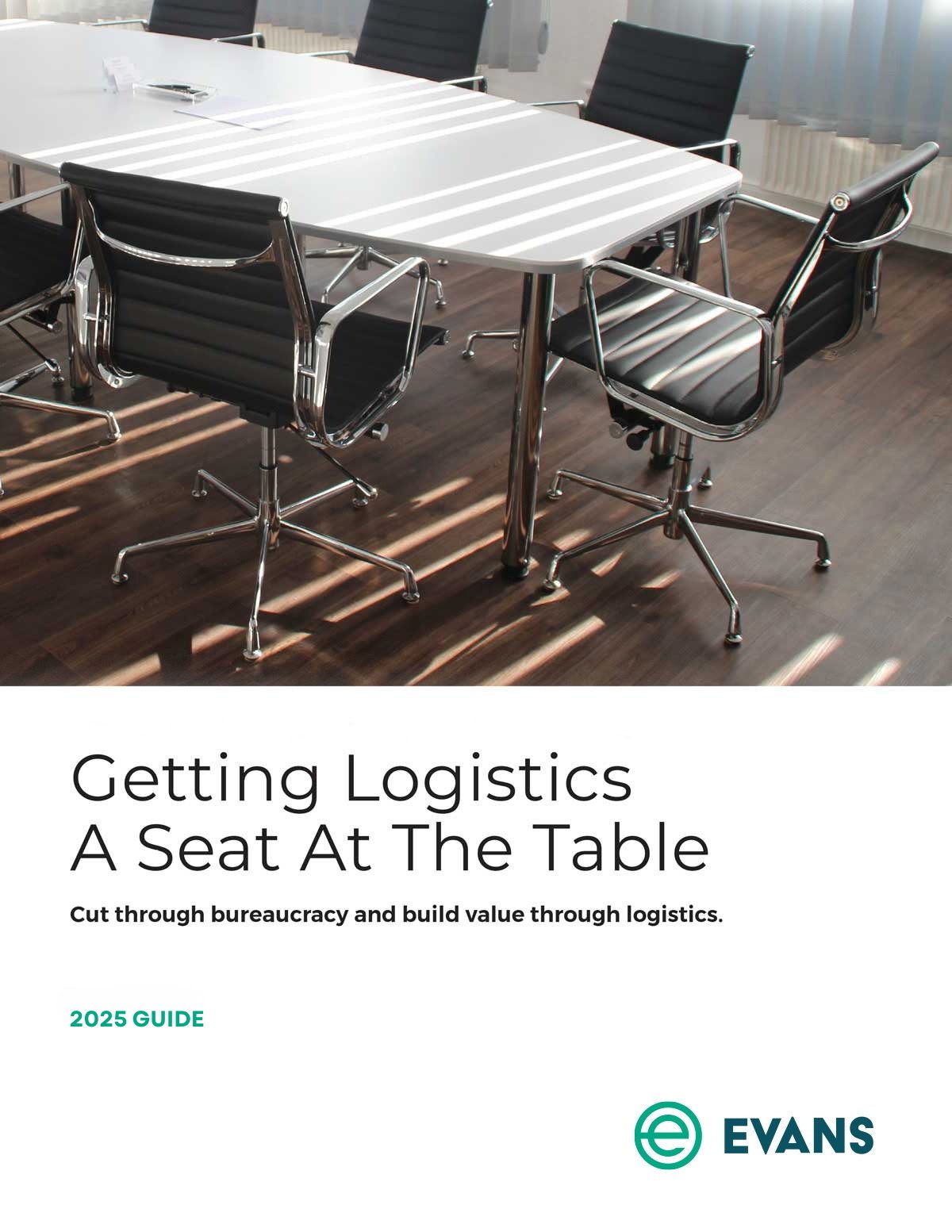Transporting heavy equipment in extreme weather? When the roads are treacherous, you aren’t alone.
Dangerous driving conditions, deteriorating roads, freezing temperatures: these are just a few of the obstacles facing shippers of heavy equipment during extreme weather. When you are working with heavy equipment, your need for timely and cost-effective shipping can quickly run up against weather-related delays.
No matter the permit status of your freight, here are three major challenges you need to consider when transporting heavy equipment in extreme weather.
3 challenges with transporting heavy equipment in extreme weather
1. Making tough calls on weather and deteriorating road conditions
When whiteout or blizzard conditions hit, your permitted loads are off the road. True heavy haul permitted loads cannot travel in inclement weather. But what about your heavy loads that are under the permitted size and weight? That freight may travel during less-than-ideal conditions.
For example, even if a truck transporting an 80,000 lb. machine is sidelined due to permit restrictions, your heavy flatbed load of 3-4 skidsteers is still on the road at 30,000 lb.
Permitted conditions vary from state to state. (A lot is riding on your carrier’s reliability here, too. Carriers determine routes and work with individual states to secure the proper permits.)
So, who makes the call when to get off of the roads? Without permit constraints, driver discretion rules the day. Light flurries? Arguably safe to travel. Blizzard or whiteout conditions? You need a driver who will err on the side of caution.
Another tough call? Deteriorating road conditions. Road conditions vary widely across states. For example, in Midwestern states, freeze/thaw cycles cause potholes in road surfaces. Potholes can worsen throughout winter due to this cycle, as well as to snowplows ripping up repaired patches. Unfortunately, states don’t always have the time or resources to promptly repair these hazards.
Other vehicles out on the roads also present a hazard when transporting heavy equipment in extreme weather. Take potholes: a semi-truck driver will run right over them without a second thought. But passenger vehicles? We all know that hitting potholes destroys your alignment and suspension. During winter weather, driving to miss potholes is a major source of distraction and danger for other vehicles on the road — not to mention, slick road conditions that make travel impossible for even the most experienced passenger-vehicle operator.
Truck maintenance, while always important, is critical during winter conditions. Drivers must take extra care to secure loads during extreme weather. And cold weather wreaks havoc on diesel fuel and break lines. Fuel can gel, brake lines can freeze up — prompt maintenance is critical in low temperatures.
2. Accessing expert drivers
Popular TV shows like Ice Road Truckers have given us a compelling window into heavy haul freight in the most extreme winter weather imaginable. While the dramatic effect is played up to keep us viewers engaged, heavy haul drivers face real challenges during extreme weather conditions.
To be able to face sudden whiteout conditions while operating an 18+ wheeler takes extreme caution — and time in the seat. Our hats are off to these drivers who do this day in and day out. While the wild challenges you see on TV shows may not represent everyday conditions in the lower 48, it’s pretty tough out there.
If you’ve even driven an RV or boat trailer on your summer vacation, you know hauling a big load isn’t easy in the best of conditions. Now imagine trying that with low visibility, ice, and drivers weaving in front of you.
Most of the true heavy haul drivers have years of experience. Graduated levels of experience include many years of tougher loads and higher cargo values. Those are the drivers you want.
So, the big question is: how do you find the most experienced drivers to transport your heavy haul freight in a safe and timely fashion? We say: long-term partnerships with the top carriers in the industry.
A select group of partners is built with trust and communication over time. You need real-time communication with drivers on the road to set realistic expectations and analyze options when weather threatens your shipment.
Say you’re down in the Florida sunshine expecting a large machine on a tight timeline. There’s still a lot of weather happening between you and the origin point of your machine in Canada. You need proactive communication when weather hits.
Technology has a huge role here, but never underestimate the power of an old-fashioned phone call to explain what’s going on during a weather event.
3. Finding capacity, expertise, and the heavy haul amenities you need.
You can’t control the weather your freight may encounter, but you can select for the right gear and the expertise of the carrier handling it. With heavy haul, you need experienced drivers but also the right equipment to ensure safe transit in bad weather.
Your heavy haul freight has specific needs, from flatbed to step deck moves. With “open deck” meaning anything not enclosed in a box trailer, there’s a lot of grey area in the heavy haul industry. When freight requires a crane to load and you can’t just open the back doors, you need the experts to sort through all of the different options.
For example, you might need a flatbed carrier that has some removable gooseneck (RGN) trailers. You could find a carrier that has 10 RGNs… but they may or may not have the expertise in operating them. If you are looking for exclusive RGN use, you want to partner with a carrier that truly has years of experience, not the guy who just has a few RGNs hanging around.

